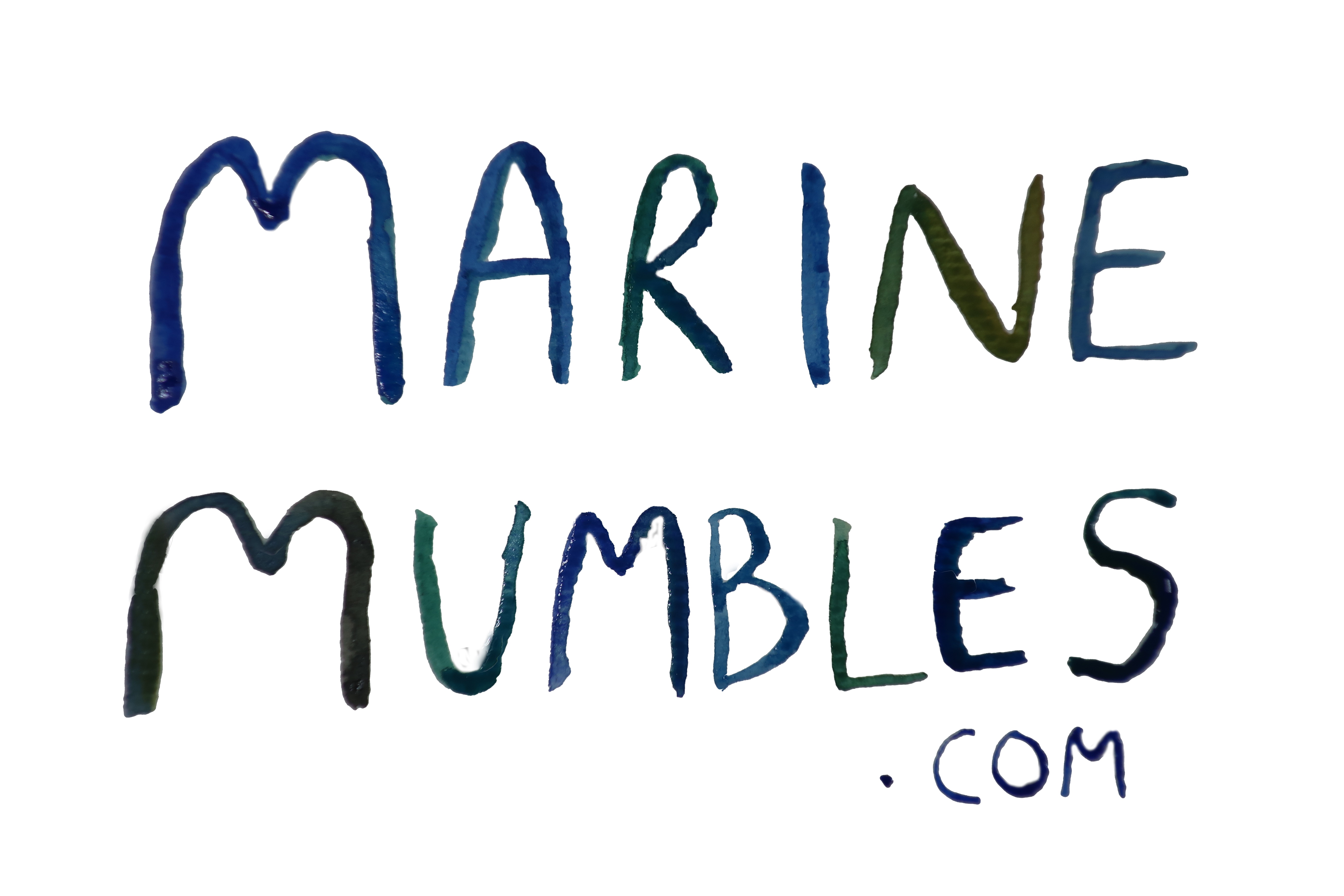On the rocky shore we can often get distracted with crazy crabs, the fabulous fish or the amazing anemones (who said learning alteration in GCSE English would be useless… Ay?!). But the rocky shore and all marine habitats are so much more than just the obvious big species that immeditatly catch your eye.
When you’re rooting around rockpools searching for crabs, fish or anemones, your likely to have to pick your way through a healthy amount of seaweed. Now why you just think your moving a bit of seaweed out the way, what your actually moving is a housing estate for a variety of miniature marine creatures. Species that live on this seaweed are called ‘epiphytes’, they can include filamentous algae, miniature mussels and blue rayed limpets. But there are also species that keep it all in check, and graze on these settled species. One type of organisms that likes to do this are isopods. Now isopods are dorsoventrally flattened (like a pancake) and kind of ‘insect’ looking. They can be found in rock pools, or in beach sediments both intertidally and subtidally depending on the species. The one I chose to draw was Idotea chelipes, but there is a bunch of different species you can find. These species graze on the filamentous algae that grows on seaweeds, and although small is a very important species in the food chain.
Firstly it’s grazing keeps all the filamentous algae in check, if it becomes overgrown it may begin to limit the photosynthesis of the macroalage and negatively affect that individual. But if they eats too much it can negatively impact the macroalage because it might get accidentally eaten in the process. This has been a problem in the Baltic Sea, which is the lower limit of where you will find Idotea chelipes, with seagrasses. Studies have looked into the abundance of Idotea chelipes to make sure there not under or over doing its grazing and impacting on the important seagrass beds you find there.
Furthermore this species is important because they provide a tasty snack for fish. These isopods on the rocky shore can get pretty large maybe a cm or two. If they were not present in the shore then a source of energy for the key fish populations around our coasts would be removed.
So as your digging through the algae to find the other more glamorous species just take a second to check the fronds of the algae (or maybe even your hands… they tend to stick to them) and you will begin to quickly notice loads of these individuals, and even amphipoda (which will be covered in another post) that inhabit the seaweeds around our coasts. Don’t underestimate the importance of these little guys!
Happy Rockpooling!
Let me know what you think of my website and posts @marinemumbles on twitter or comment on my Instagram. Really keen to get any feedback.

Recent Comments